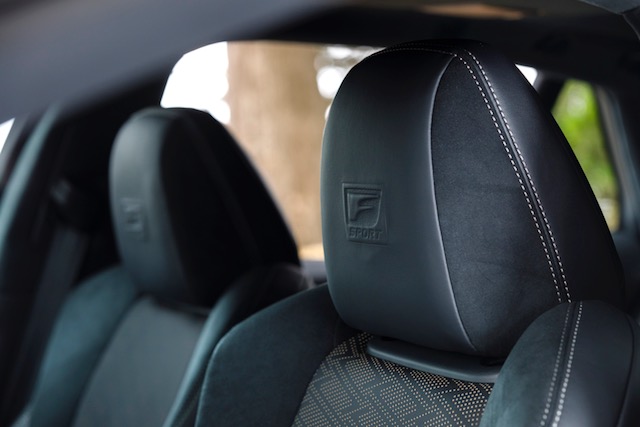May 15, 2018

A friend is deciding whether she will buy a new car or pour money into her older model. She's very unhappy with her current front driver seat and that, along with her current car's $1,700 repair estimate, is compelling her to shop for a new car.
"The seat back does not support my back -- the bottom cushion padding is inadequate to give proper support. I get searing pain, especially in my left hip while driving my car even short distances. The seat ends halfway between my hip area and knee so that half my leg has no support. And the seat adjustment levers are clumsy and do not work well."
I logged onto Facebook and took a random survey of my female friends asking what features women care about when it comes to the driver's seat. Heated seats won by a wide margin followed by an adjustable lumbar support and adjustable leg support, and, more generally, "support in the right places."
Kudos to Volkswagen and Jeep for getting the most positive mentions. And the Facebook "thumbs up" also went to Lexus, Acura, and Infiniti. BMW got likes from tall people. Short people complained that no seats actually fit them. These results are simply anecdotal and random.
Your driving position is anything but random. Seating that properly supports the driver is vital. Just opening up the conversation and hearing from people led me to wonder how difficult it must be to design seats in the cars being purchased by so many different sizes and shapes of drivers.
Companies like Faurecia, a leading supplier of automotive seats, use computer-simulated models to predict comfort for different body types. Faurecia considers it very important to focus on women when developing seats. Traditionally, in a nod toward safety, when developing head restraint designs it's vital to position the head as close to the restraint as possible. But women might wear their hair up and that may cause discomfort. It may cause a woman to remove the head restraint, so Faurecia is careful to pay attention to the female driver in its designs.
Engineers set an outline for the seat and then use their skills to set comfort targets. I asked what are the tradeoffs in seating when buying a basic vehicle vs. a luxury model?
"In a basic seat, you will typically have a static suspension that has no ability to change and meet the individual customer needs," says Jeff Frelich, director of comfort and trim engineering at Faurecia Seating.
"Likewise, on the frames, you will have a manual track that moves forward and backwards, and a manual recliner. This is what we call a typical four-way seat. Going from a basic to a mid-luxury seat, you will see features like six-way power tracks, a two-way manual track, and then a dynamic lumbar system that can move just in and out."
Frelich defines a full luxury seat as one that has eight-way power tracks that move forward and backward, tilt up and down in the front and back, power recliners, four-way lumbar systems, powered cushion length adjustment, four-way powered head restraints, and cushion and back bolsters that adjust in and out. This really allows infinite adjustments to fit all body types. Additionally, massage, heat, and cooling systems can assist with driver or passenger fatigue and promote well being. Faurecia recently launched seating for the Cadillac CT6 that exhibits all these technologies.
AutoPacific, an automotive analytics and research firm, has extensive research on seat preferences. Across all car and truck models, front seatback comfort ranks as most important to 86 percent of those surveyed. Bottom cushion comfort for the front seat ranked second with 85.5 percent. Somewhat less important is bottom cushion length at 73 percent and side support at 68 percent.
So what should buyers look for when sizing up a particular model? First, American preferences have gone from soft pillow-type seats to a desire for firmer, more supportive types.
"Most people want a vehicle that is easy to get into and out of," says AutoPacific President, George Petersen. "This means that the outboard bolster on the seat should not be too aggressive. A person likes it better when they can slide into a seat rather than landing on a stiff bolster with their butt, so a wider, flatter seat with moderate bolstering is closer to what people want. People also want a wide range of adjustability. Power seats are becoming commonplace now and people expect power slide, power back tilt, and power lumbar support."
According to AutoPacific, 92 percent of those interviewed would pay $300 or more for power driver's seat positioning and $150 for memory of that position.
"Power headrests are also nice, but few outside the luxury ranks offer them," says Petersen.
Hello {{User.FirstName}} {{User.LastName}}.
You are logged in with email {{User.Email}}.